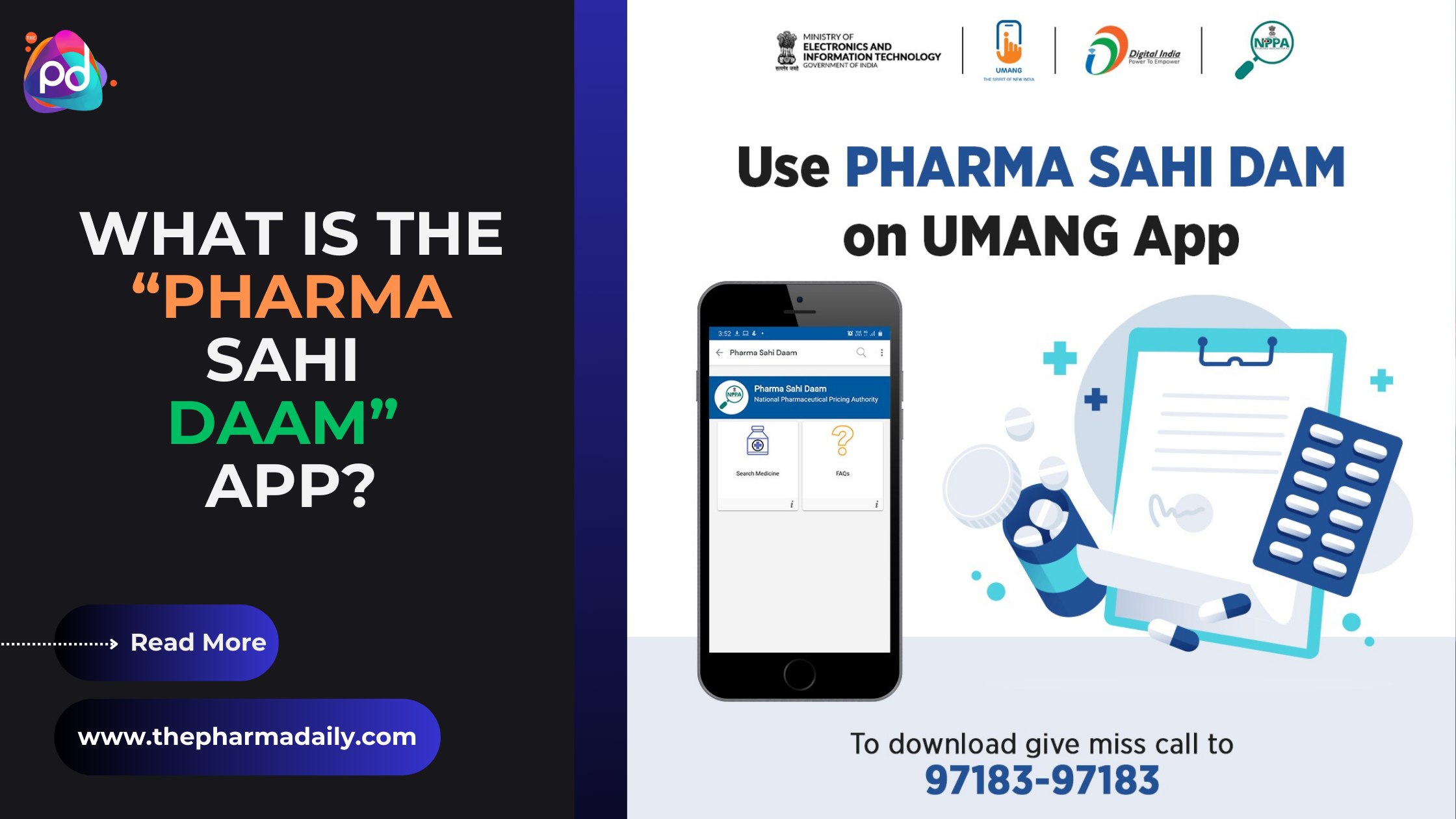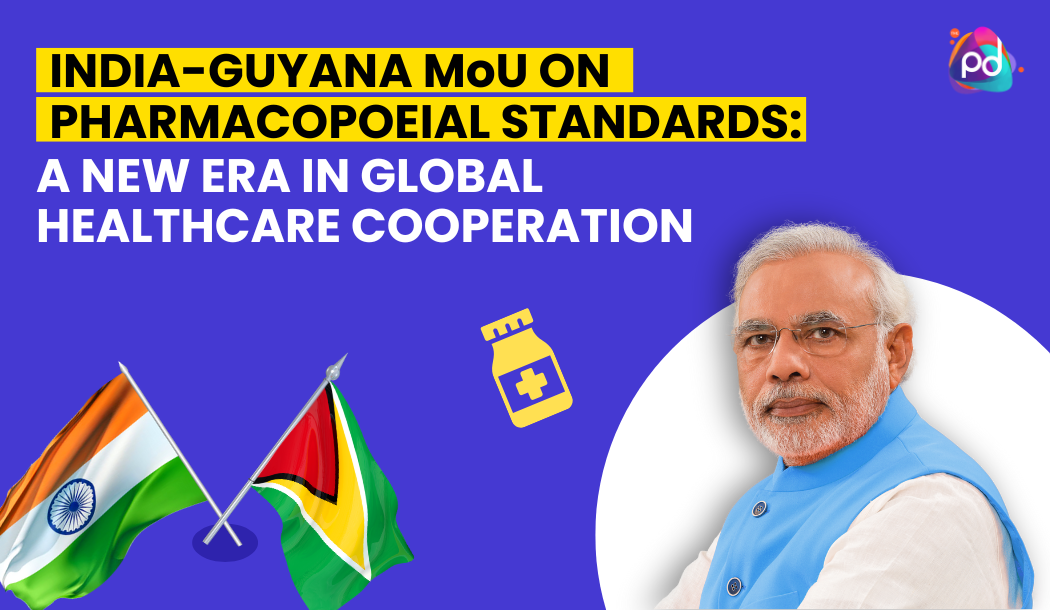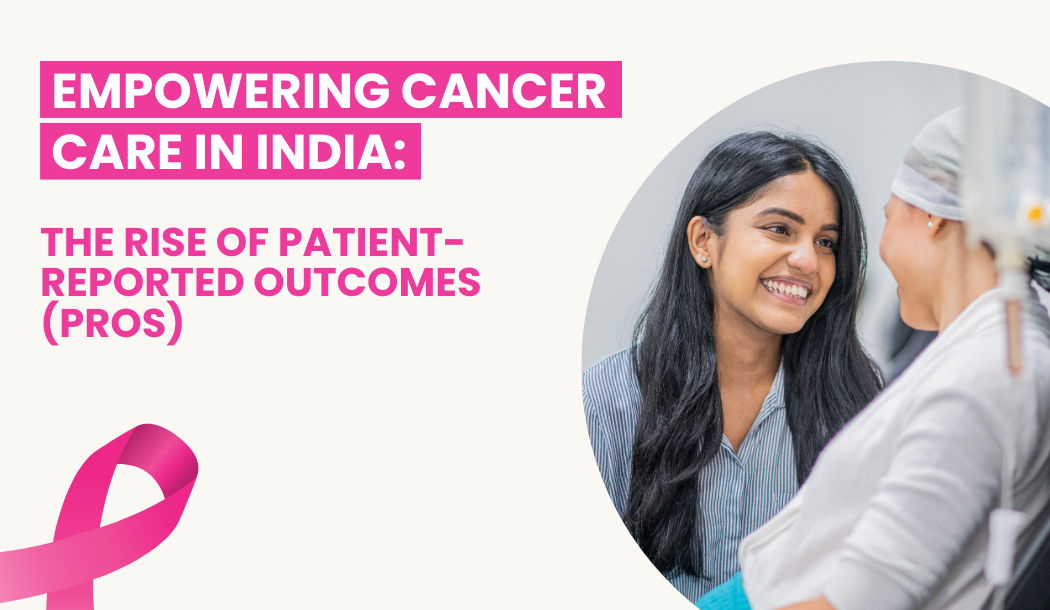Pharma Sahi Daam App: Revolutionizing Medicine Price Transparency in India
Pharmacovigilance (PV) is a critical component of the healthcare and pharmaceutical industry, dedicated to monitoring and ensuring the safety of medications and medical treatments once they are in the market. PV professionals play a vital role in identifying, assessing, and managing adverse drug events or side effects. One of the fundamental processes in pharmacovigilance is PV case processing.
What is PV Case Processing?
Pharmacovigilance case processing, often referred to as simply case processing, is the systematic collection, evaluation, and documentation of information related to adverse events (AEs) or other safety-related data associated with pharmaceutical products. These events can range from unexpected side effects to medication errors, product quality issues, and overdose cases. The primary goal of PV case processing is to gather and analyze data to make informed decisions about the safety of a drug or medical product.
The Key Steps in PV Case Processing:
1. Data Collection: The process begins with the collection of information related to adverse events. This data can come from various sources, including healthcare professionals, patients, clinical trials, literature, and regulatory authorities. Accurate and detailed information about the event is crucial at this stage.
2. Data Entry: Once collected, the data is entered into a pharmacovigilance database. This step involves meticulous recording of all relevant information, including patient demographics, medical history, drug details, the nature of the adverse event, and its severity.
3. Triage and Assessment: The collected data is then triaged to determine its significance and relevance. Cases are assessed to identify whether they represent a legitimate safety concern. Some cases may be clearly unrelated to the drug, while others require in-depth investigation.
4. Coding and Causality Assessment: In this step, medical professionals or PV experts assign specific codes to describe the adverse events. They also assess the likelihood that the drug caused the adverse event, using standardized assessment criteria.
5. Narrative Writing: A detailed narrative of the adverse event is prepared, including a timeline of events, patient history, and any relevant medical information. This narrative is essential for understanding the context of the case.
6. Quality Control: PV case processing often involves rigorous quality control checks to ensure data accuracy and completeness. Any discrepancies or missing information are addressed at this stage.
7. Reporting: Once the case is fully processed and reviewed, it must be reported to relevant regulatory authorities. This includes timely submission of safety reports as per regulatory requirements.
8. Signal Detection: Pharmacovigilance professionals continuously monitor the database for emerging safety signals, patterns, or trends that may indicate previously unrecognized risks associated with a drug.
The Importance of PV Case Processing:
PV case processing is not just a regulatory requirement; it's essential for safeguarding patient safety and ensuring the continued availability of effective medications. Here are some key reasons why PV case processing is crucial:
1. Patient Safety: Identifying and assessing adverse events helps protect patients from potential harm caused by medications.
2. Regulatory Compliance: Regulatory authorities require pharmaceutical companies to have robust PV systems in place and report adverse events promptly.
3. Risk Management: By analyzing and understanding adverse events, drug manufacturers can take necessary actions to mitigate risks and enhance product safety.
4. Medical Decision-Making: Healthcare professionals rely on PV data to make informed decisions about prescribing and using medications.
5. Public Trust: A robust PV system contributes to public confidence in the safety of pharmaceutical products.
Conclusion:
Pharmacovigilance case processing is an integral part of the drug development and post-marketing surveillance process. It involves the systematic collection, assessment, and documentation of adverse events associated with medications. This process not only ensures the safety of patients but also helps healthcare professionals and regulatory authorities make informed decisions about drug safety. In a constantly evolving pharmaceutical landscape, the importance of PV case processing cannot be overstated—it is the backbone of medication safety.












